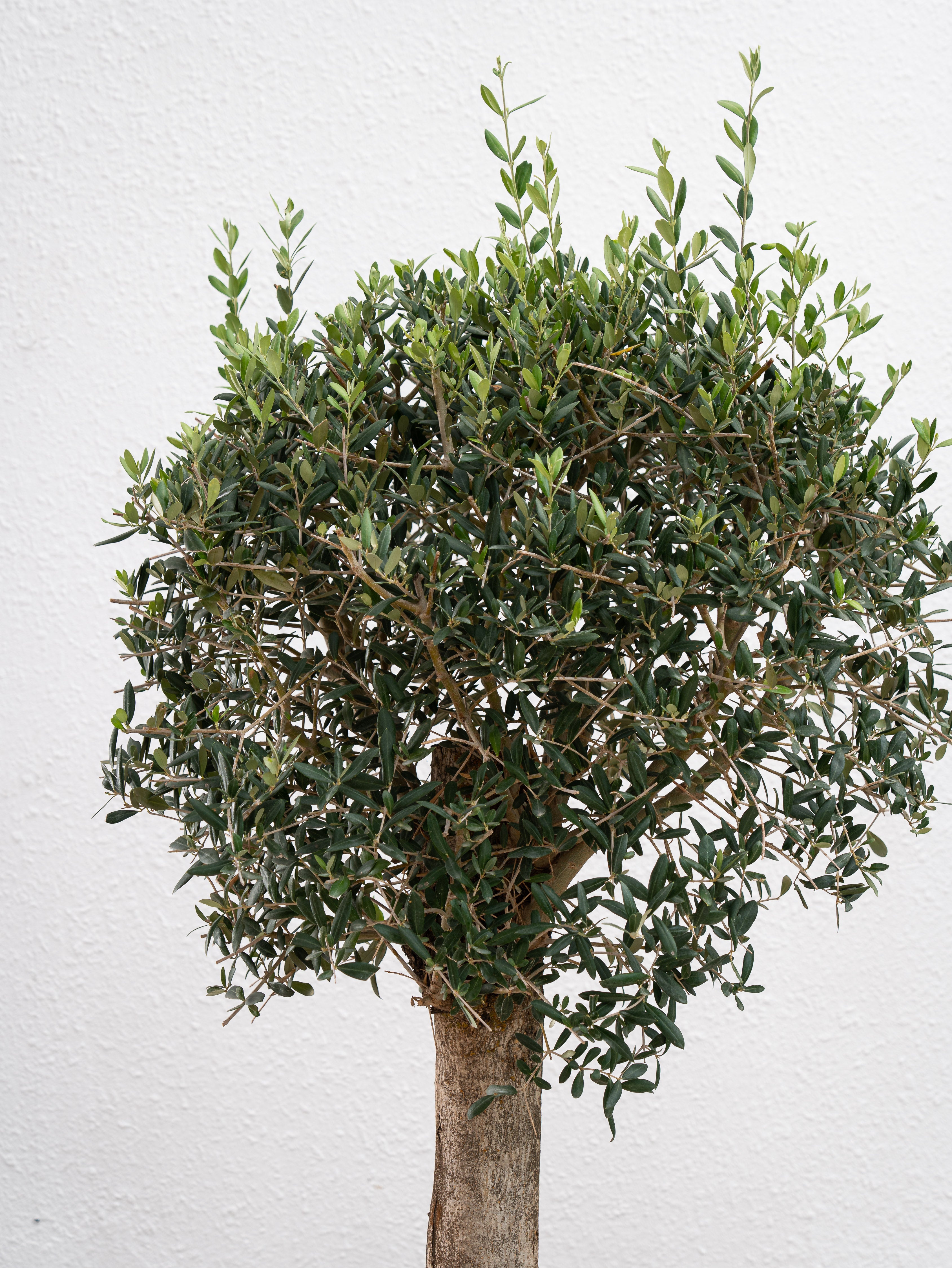Root rot is a common and serious issue that can affect indoor plants. It occurs when the plant roots are deprived of oxygen and start to decay, often due to overwatering or poor drainage. This guide will help you understand how to prevent, spot, treat, and fix root rot to keep your indoor plants healthy and thriving.
What is Root Rot?

Root rot is a condition that causes the roots of a plant to decay. It is usually caused by waterlogged soil, which leads to a lack of oxygen and encourages the growth of fungi or bacteria that attack the roots. If left untreated, root rot can kill the plant.
Preventing Root Rot
Prevention is always better than cure. Here are some key steps to prevent root rot in your indoor plants:
-
Proper Watering: Overwatering is the most common cause of root rot. Ensure that you water your plants only when the top inch of soil is dry.
-
Good Drainage: Use pots with drainage holes to allow excess water to escape. Ensure that the soil mixture is well-draining, using a combination of potting soil, perlite, and sand.
-
Appropriate Pot Size: Use the correct pot size for your plant. Pots that are too large can hold too much water, while pots that are too small can cause the roots to become compacted.
-
Regular Monitoring: Keep an eye on your plants for signs of overwatering and adjust your watering schedule as needed.
Also Read- Providing Humidity For Your Houseplants
Spotting Root Rot
Early detection is crucial for saving a plant with root rot. Here are some signs to look out for:
-
Yellowing Leaves: If the leaves start to turn yellow, especially from the bottom up, this could be a sign of root rot.
-
Wilting: Plants with root rot often wilt, even when the soil is moist.
-
Soft, Mushy Roots: Healthy roots are firm and white. Rotting roots will be brown or black, mushy, and may have a foul smell.
-
Stunted Growth: If your plant is not growing as expected, root rot could be the culprit.
Treating Root Rot
If you suspect your plant has root rot, act quickly to treat it:
-
Remove the Plant: Gently remove the plant from its pot and inspect the roots.
-
Trim Affected Roots: Using clean scissors or pruning shears, trim away the affected roots. Be sure to sterilize your tools before and after use to prevent the spread of disease.
-
Wash the Roots: Rinse the remaining healthy roots with lukewarm water to remove any soil and pathogens.
-
Repot the Plant: Use fresh, well-draining soil and a clean pot. Ensure the pot has adequate drainage holes.
-
Water Sparingly: After repotting, water the plant sparingly to avoid further stress.
Fixing Root Rot in Different Plants
Different plants may have specific needs when it comes to preventing and treating root rot. Here are a few examples of popular indoor plants and how to manage root rot for each:
1. Snake Plant (Sansevieria trifasciata)

- Care Level: Easy
- Prevention: Water every 2-3 weeks, allowing the soil to dry out completely between waterings.
- Treatment: Trim rotting roots and repot in a cactus or succulent mix to ensure excellent drainage.
2. ZZ Plant (Zamioculcas zamiifolia)

- Care Level: Easy
- Prevention: Water every 2-3 weeks, ensuring the soil is dry between waterings.
- Treatment: Remove rotting roots and use a well-draining soil mix. Allow the plant to dry out before watering again.
3. Spider Plant (Chlorophytum comosum)

- Care Level: Easy
- Prevention: Keep the soil lightly moist and ensure good drainage.
- Treatment: Trim affected roots and repot with well-draining soil. Avoid overwatering.
Tips for Maintaining Healthy Roots
- Use Appropriate Soil: Choose soil mixes designed for indoor plants, which often include components to improve drainage.
- Avoid Waterlogged Conditions: Never let your plants sit in water. Always empty saucers after watering.
- Regularly Check Soil Moisture: Use a moisture meter or check the soil manually to avoid overwatering.
- Improve Air Circulation: Good air circulation around the roots can prevent the growth of fungi and bacteria.
Also Read- Which Indoor Plants Are Easy To Take Care Of - The Ultimate Guide
Conclusion
Root rot can be a serious issue for indoor plants, but with proper care and attention, it is preventable and treatable. By understanding the causes, spotting the early signs, and taking prompt action, you can keep your indoor plants healthy and thriving. Remember to adjust your care routine to suit the specific needs of each plant and ensure they have the right environment to flourish.













Leave a comment
This site is protected by hCaptcha and the hCaptcha Privacy Policy and Terms of Service apply.